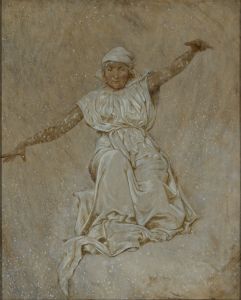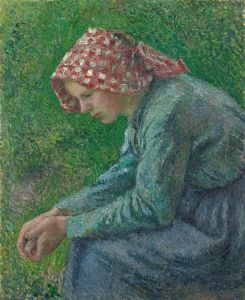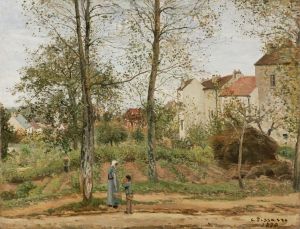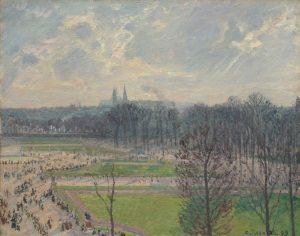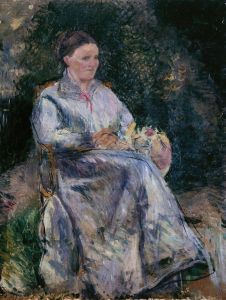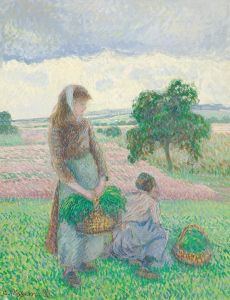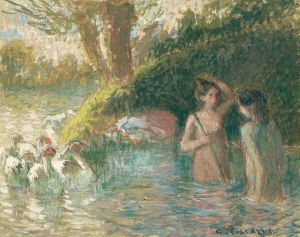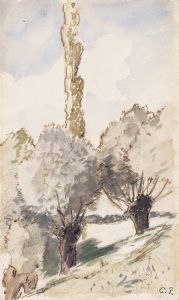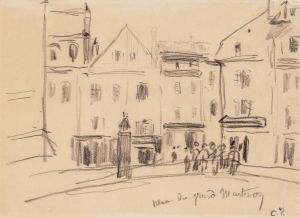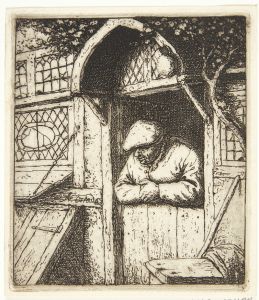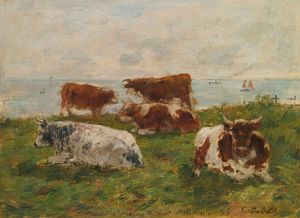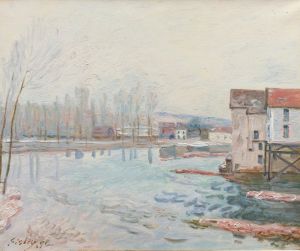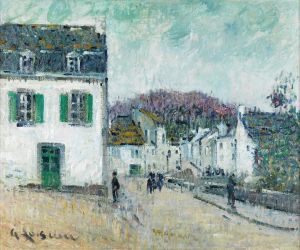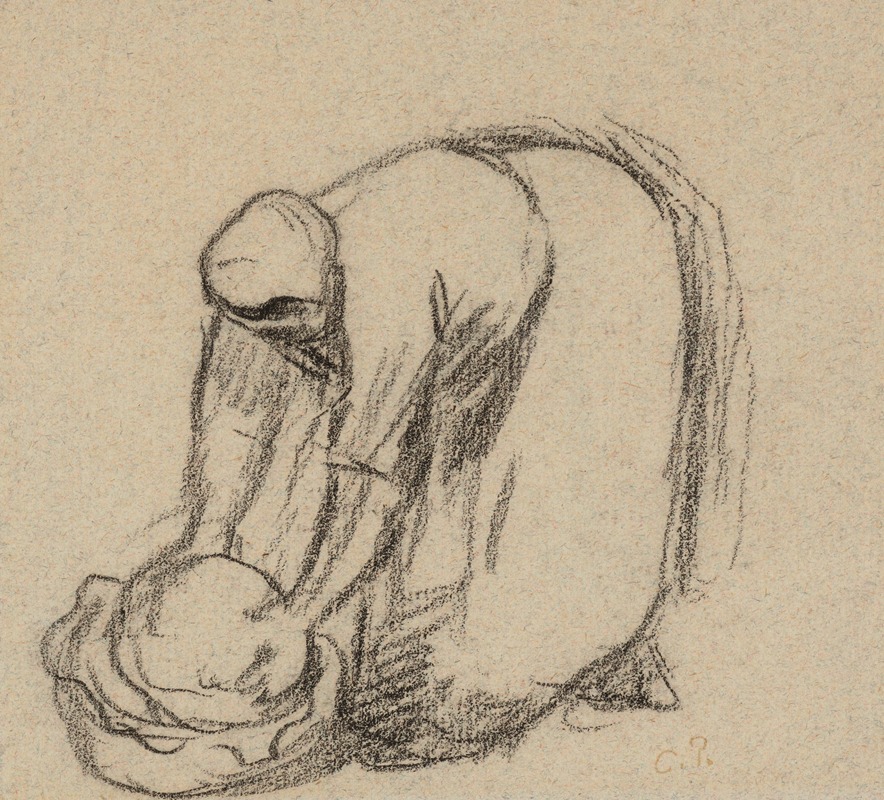
Paysanne
A hand-painted replica of Camille Pissarro’s masterpiece Paysanne, meticulously crafted by professional artists to capture the true essence of the original. Each piece is created with museum-quality canvas and rare mineral pigments, carefully painted by experienced artists with delicate brushstrokes and rich, layered colors to perfectly recreate the texture of the original artwork. Unlike machine-printed reproductions, this hand-painted version brings the painting to life, infused with the artist’s emotions and skill in every stroke. Whether for personal collection or home decoration, it instantly elevates the artistic atmosphere of any space.
Paysanne (English: Peasant Woman) is a painting by the French Impressionist artist Camille Pissarro. Created in 1881, the artwork is a notable example of Pissarro's dedication to rural themes and his focus on the lives of working-class individuals. The painting depicts a peasant woman engaged in her daily activities, a subject that aligns with Pissarro's lifelong interest in portraying the dignity and simplicity of rural labor.
Camille Pissarro (1830–1903) was a central figure in the Impressionist movement and is often referred to as the "father of Impressionism." He was known for his depictions of rural and urban scenes, emphasizing natural light, color, and the everyday lives of ordinary people. In Paysanne, Pissarro captures the essence of rural life through his characteristic loose brushwork and attention to atmospheric effects.
The painting features a solitary woman, dressed in simple clothing, seated outdoors. She is depicted in a naturalistic pose, with her body slightly turned and her hands occupied, suggesting that she is either resting or engaged in a task. The background of the painting includes elements of the countryside, rendered in soft, muted tones that reflect Pissarro's Impressionist style. The composition emphasizes the harmony between the figure and her surroundings, a recurring theme in Pissarro's work.
Pissarro's choice to focus on peasant life was influenced by his political beliefs. He was an anarchist and sympathized with the struggles of the working class, which is evident in his respectful and empathetic portrayals of rural laborers. Unlike many of his contemporaries who often romanticized rural life, Pissarro sought to depict it with authenticity and realism.
Paysanne is part of a broader series of works by Pissarro that explore similar themes. During the late 19th century, he frequently painted scenes of rural life in France, particularly in the regions where he lived and worked, such as Pontoise and Éragny. These works often highlight the quiet dignity of peasant women, who were central figures in the agricultural economy of the time.
The painting is currently housed in the Musée d'Orsay in Paris, France, which holds an extensive collection of Impressionist and Post-Impressionist masterpieces. As with many of Pissarro's works, Paysanne demonstrates his ability to combine social commentary with artistic innovation, making it a significant piece within his oeuvre and within the broader context of 19th-century art.





